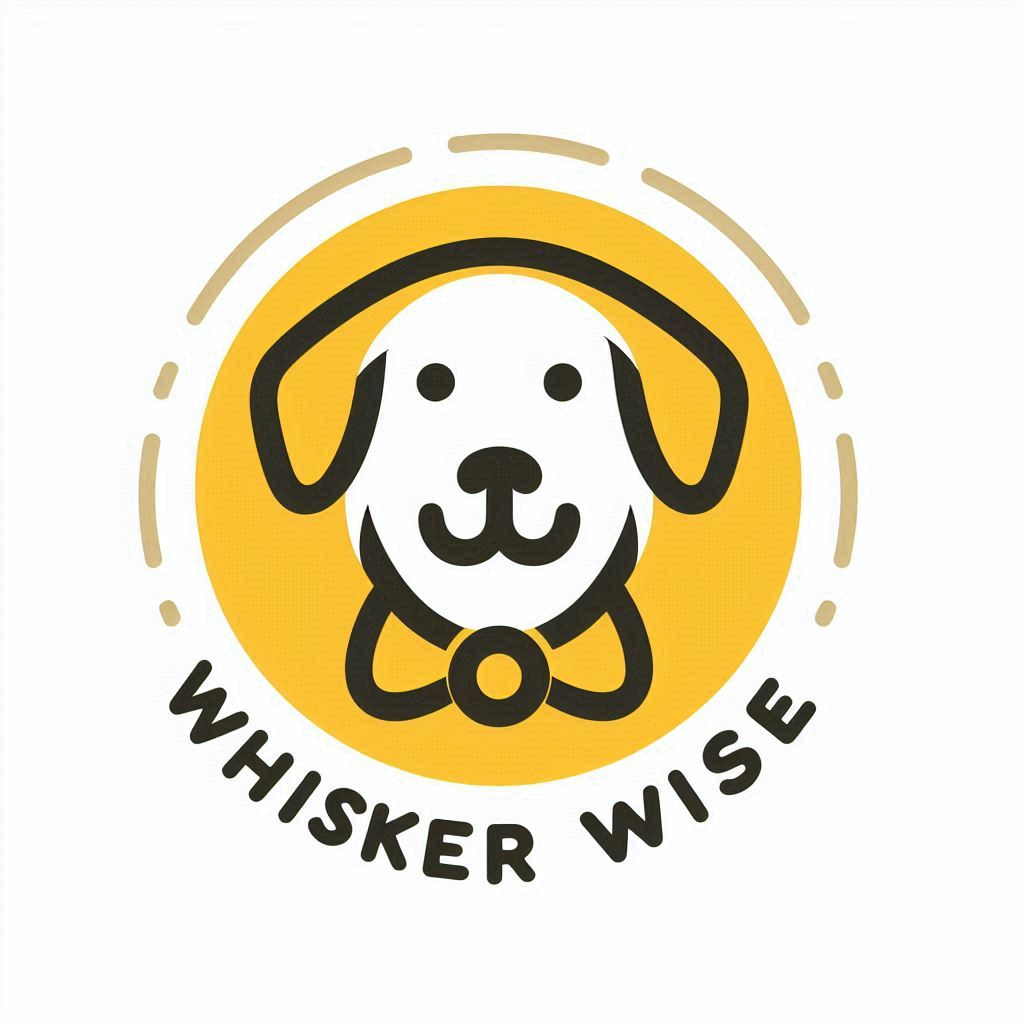Recognizing the difference between a playful bark and a warning growl can be crucial in managing your dog’s behavior. So, I will start by helping you identify potential signs of aggression in your furry friend, such as snarling, snapping, or unprovoked barking. Now what might cause such actions? It could be anything from fear, to protection.
 You’re going to find out about the usual culprits that trigger aggressive behavior in dogs. These can range from social anxiety with other dogs or people, discomfort in certain situations, or specific environmental factors. Rest assured, though, that with the right understanding, these triggers can often be managed.
You’re going to find out about the usual culprits that trigger aggressive behavior in dogs. These can range from social anxiety with other dogs or people, discomfort in certain situations, or specific environmental factors. Rest assured, though, that with the right understanding, these triggers can often be managed.
Given the complexities involved, it’s not just about spotting aggression, it’s also about understanding why it happens. That’s why reaching out to a vet or a canine behaviorist is essential. These professionals can help you distinguish between true aggression and natural behaviors that are often mistaken for aggression – like a mother protecting her puppies.
Now, I’m sure you’re asking yourself, ‘What’s next?’ Well, that’s where things get interesting. We’re going to build on this foundation by exploring how positive reinforcement can transform an aggressive dog into a well-mannered companion. And I’m here to guide you every step of the way.
Foundation of Positive Reinforcement
Positive reinforcement isn’t just about rewarding good behavior; it’s about setting your dog up for success. This method hinges on the idea that behaviors followed by pleasant outcomes are more likely to be repeated. It’s a cornerstone of modern dog training, focusing on rewarding desired behavior with something your dog values, like treats or affection.
 The science behind this isn’t complicated. When your dog performs a behavior that leads to a favorable result, their brain releases chemicals like dopamine that make them feel good. This increases the likelihood they’ll do it again. It’s a method backed by research and supported by the consensus among animal behaviorists.
The science behind this isn’t complicated. When your dog performs a behavior that leads to a favorable result, their brain releases chemicals like dopamine that make them feel good. This increases the likelihood they’ll do it again. It’s a method backed by research and supported by the consensus among animal behaviorists.
For aggressive dogs, positive reinforcement can be a game-changer. Traditional methods might suppress the aggression temporarily, but they often don’t address the underlying cause. With positive reinforcement, you’re changing how your dog feels about what triggers their aggression, creating a more lasting solution.
Now, you might be wondering about real-world examples. There are countless stories of dogs who’ve made incredible turnarounds through positive reinforcement. From rescue dogs with traumatic pasts to uncontrollable adolescent pups, the strategy has shown its value across various situations.
Implementing Positive Reinforcement Techniques
I’m going to walk you through a step-by-step guide to introduce positive reinforcement to your aggressive canine companion. First, identify behaviors you want to encourage, like calmness or obedience, and decide on a reward that your dog finds irresistible.
You’re going to find out about managing and reducing aggression triggers. This isn’t just about avoiding situations that cause aggression; it’s also about creating a safe and controlled environment where your dog can learn new behaviors.
A lot is happening very quickly when you start this training, so remember to keep sessions short and sweet. Consistency is key, and it’s vital to reward the positive behavior immediately to ensure your dog makes the correct connection.
Long-term strategies are not about quick fixes, but ensuring consistent and positive behavior over time. You’ll need to be patient, maintain the training, and gradually introduce new scenarios and complexity.
And remember, if you’re ever unsure, it’s never a weakness to ask for help. Professional trainers and behaviorists can offer invaluable support. Your first attempt doesn’t need to be your last—there’s a lot of opportunity for you and your dog to grow together.
Kind Regards Tim

